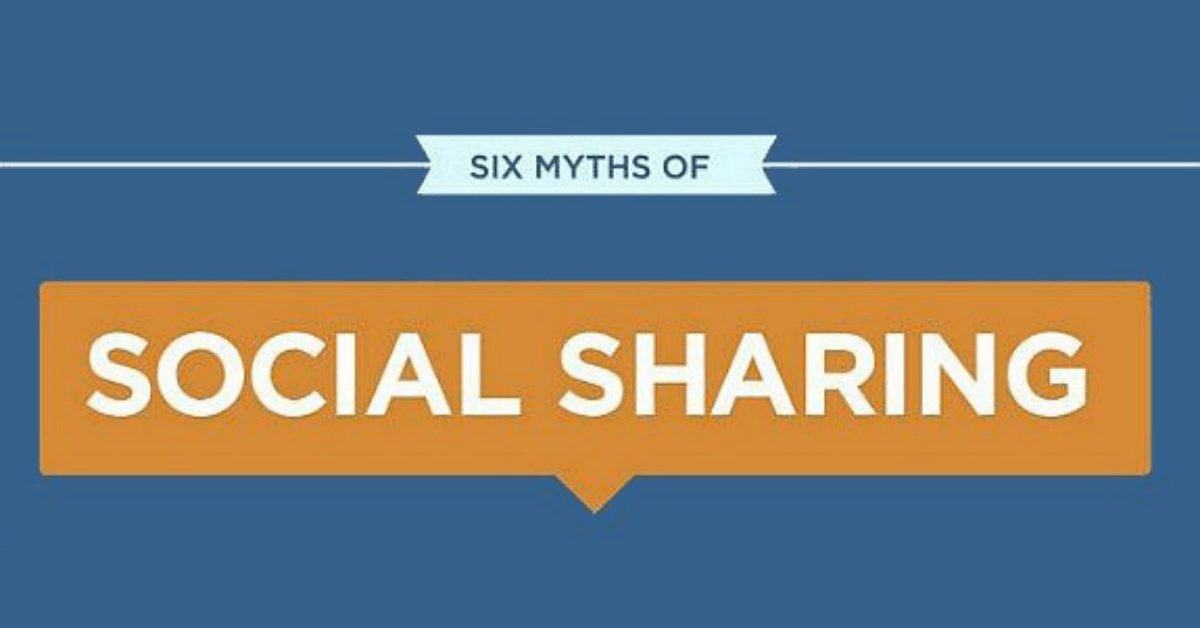In a previous post by Divya Ramesan on developing a content strategy for your brand, she discussed timeliness and location as important factors that determine the success of your strategy. Most digital marketers and social media managers schedule their posts according periods that bring about the highest engagement from their audience using social software – which is a perfectly accurate means to determine when to send our your updates. Marketers are also choosing a select group of platforms where the majority of their audience is active on to gain the reach and traction they are looking for. If you are spreading yourself thin across all the various social media platforms, rethink your choices. Why waste resources on platforms that may not bring you the reach that you’re aiming for?
Choosing the right place and right time to share your content is essential to ensuring that you’re actually getting your message out to your target audience. But some of us marketers have a perception towards when to post content which this infographic from Po.st by Radiumone sets straight.

These are the three takeaways that I have gathered:
Sharing Content Over Weekdays vs Weekends
At Beta21, we went through a trial and error stage with our Twitter updates. We began by scheduling our Tweets on an hourly basis across all seven days a week while using Tweriod and Buffer as tools to analyze our engagement. Over a period of time, this myth of increased engagement over the weekend was indeed debunked. Retweets and engagement was lowest on weekends, Sundays especially. As a result, we are now focusing on content sharing and engagement on weekdays!
The Effectiveness Of Link URLs
The lifespan of a shortened link and the rate of clicking on a social link are interesting factors to consider in determining the extent of social sharing. It’s great to note that the lifespan of shortened links increases days after it is being shared. Getting vanity URLs is another element that marketers should be looking into as well, given the fact that it results in 25% more click-throughs.
Content Sharing On Twitter And Facebook
For the first myth of having most contents shared on Facebook and Twitter, I would have to say this perception would have to vary depending on which industry your business is in as it would greatly affect the engagement you should expect.
However, referring to the 6th myth on Facebook delivering greater shares for content as compared to Twitter, this was debunked as well! When we carried out a comparison across 30 of our previous articles, Twitter did provide a much greater share count for articles. In fact, 76% of the articles performed better on Twitter than on Facebook.
While Beta21 also focuses on Google+ and LinkedIn as content sharing platforms and we’ve come to realize that the former performs exceptionally well in sharing visuals such as infographics while the latter may sometimes be a little unpredictable.
What are your social sharing observations? Do share them in the comments section below!
Book your Radarr demo today!












